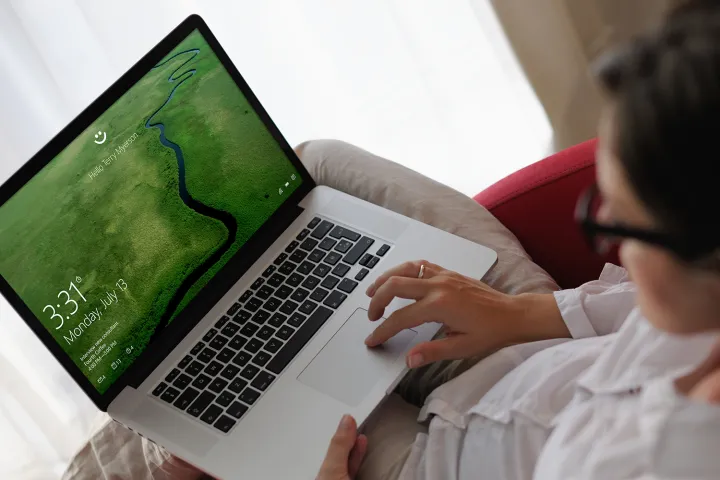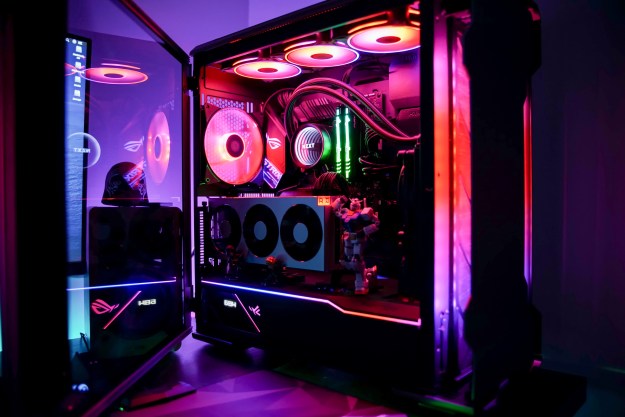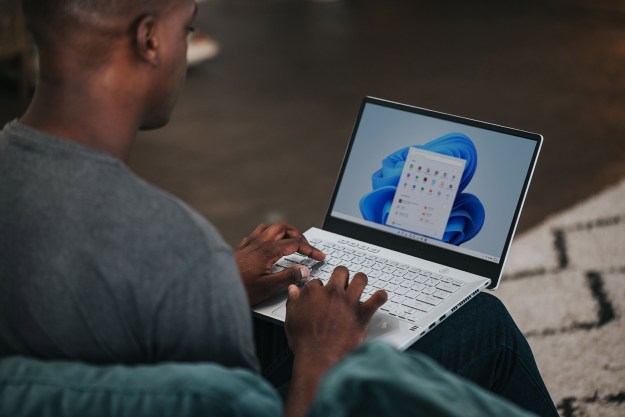
The most interesting functionality that is new is the Dropbox debut of Windows Hello. For the first time, Dropbox users will be able to lock and unlock files using Windows 10’s integrated facial recognition technology. What’s more, if you have a PC or a tablet with a fingerprint reader, you’ll be able to secure files with that too.
Windows Hello is the bio-metric login feature that Microsoft has baked into the latest version of its operating system. When active, it lets users log in with facial recognition or a fingerprint reader. Users can only use it if they have the supported hardware. Facial login requires an infrared webcam, and fingerprint login requires, well, a fingerprint reader.
“Microsoft is excited to partner with Dropbox to bring more cloud storage and productivity services to Windows 10 across PC and tablets,” writes Microsoft corporate VP Steve Guggenheimer in a Dropbox blog post. “With the arrival of Dropbox, Windows 10 fans have easy and convenient access to photos, documents, and files anytime, anywhere.”
As expected from an app designed from the ground up for Windows, this version of Dropbox bears a slew of new features, including performance improvements from the Windows 8.1 version as well as interactive device notifications and quick search functionality.
Though short of revolutionary, the Dropbox app looks to be the most efficient way to manage your files through the service on a tablet or mobile device. If you’re skeptical, try it out for free here.
Editors' Recommendations
- Microsoft announces a new threat to push people to Windows 11
- This new Windows 11 shortcut made using my PC so much easier
- The best Windows apps for 2023
- The new Windows 11 Backup App takes another cue from the Mac
- Windows 11 could be hurting your gaming performance


